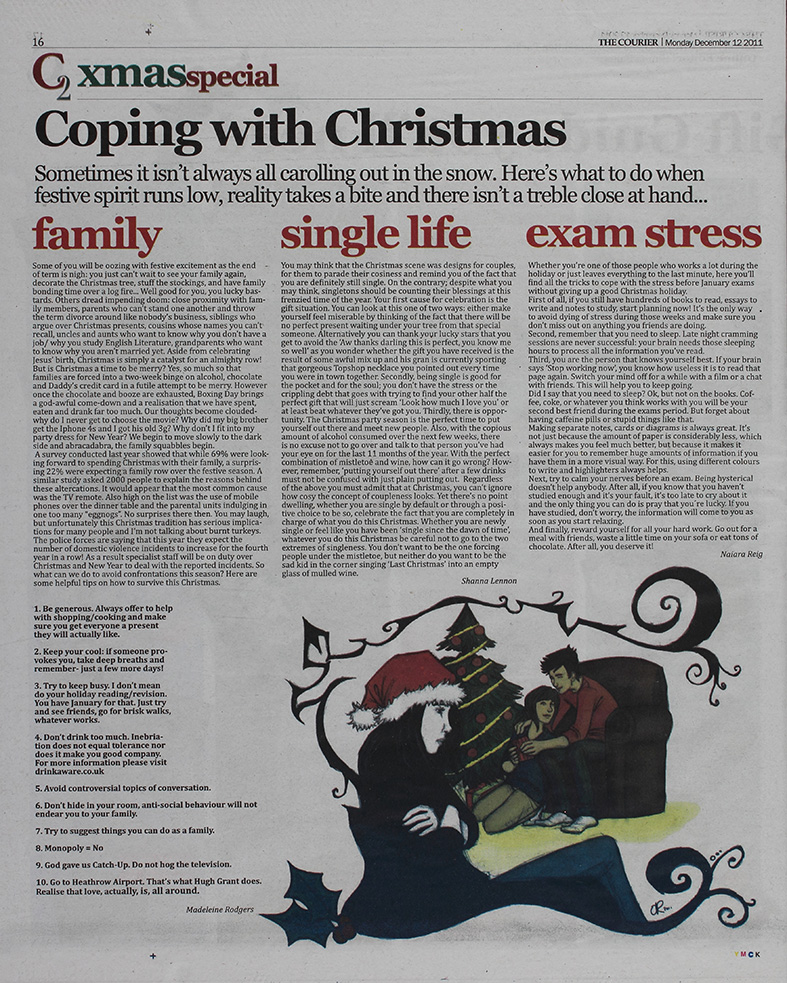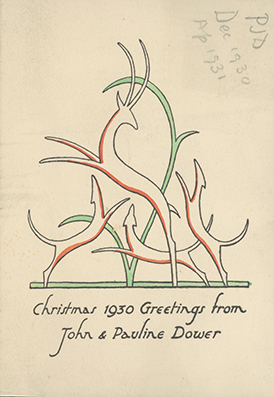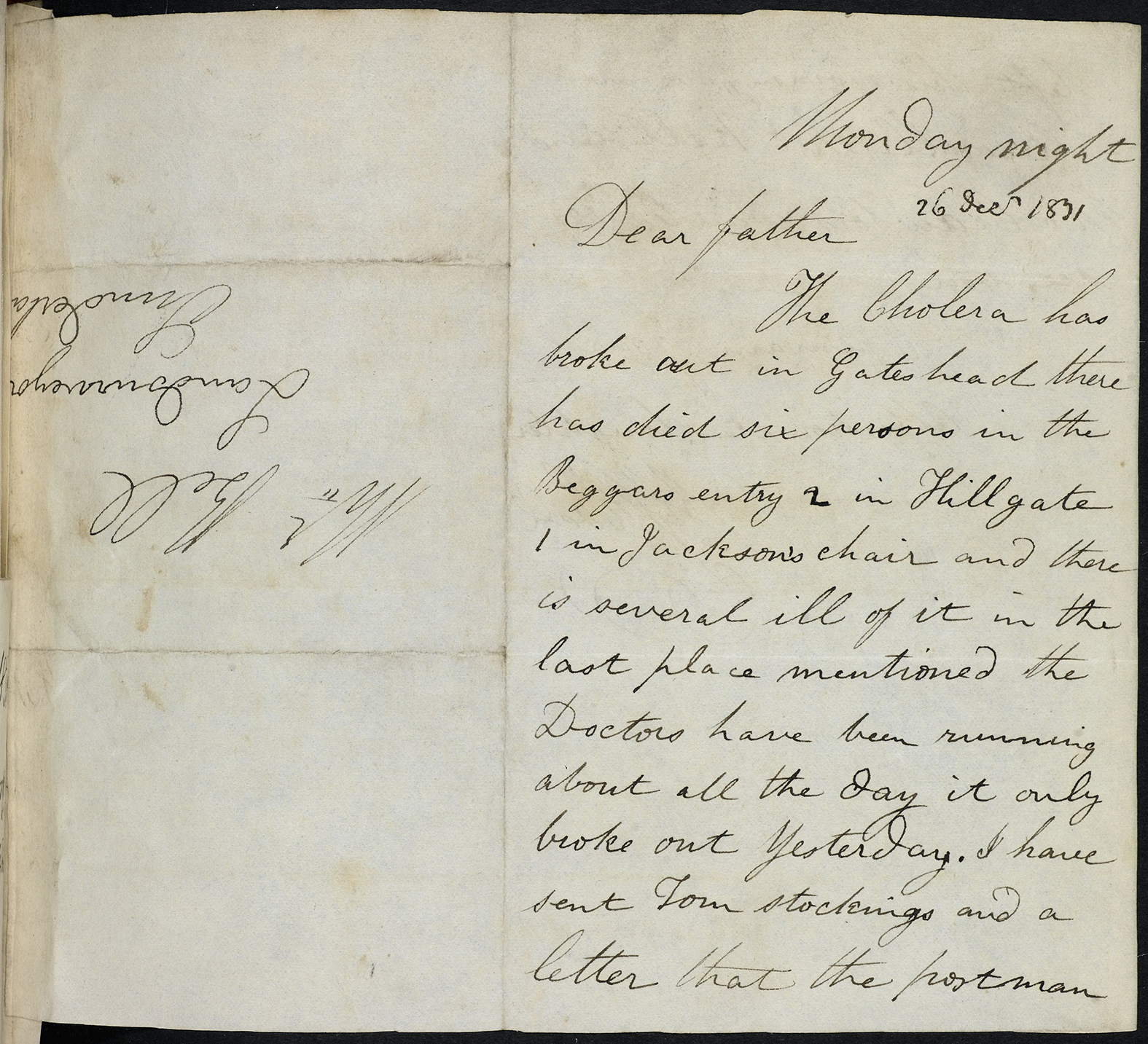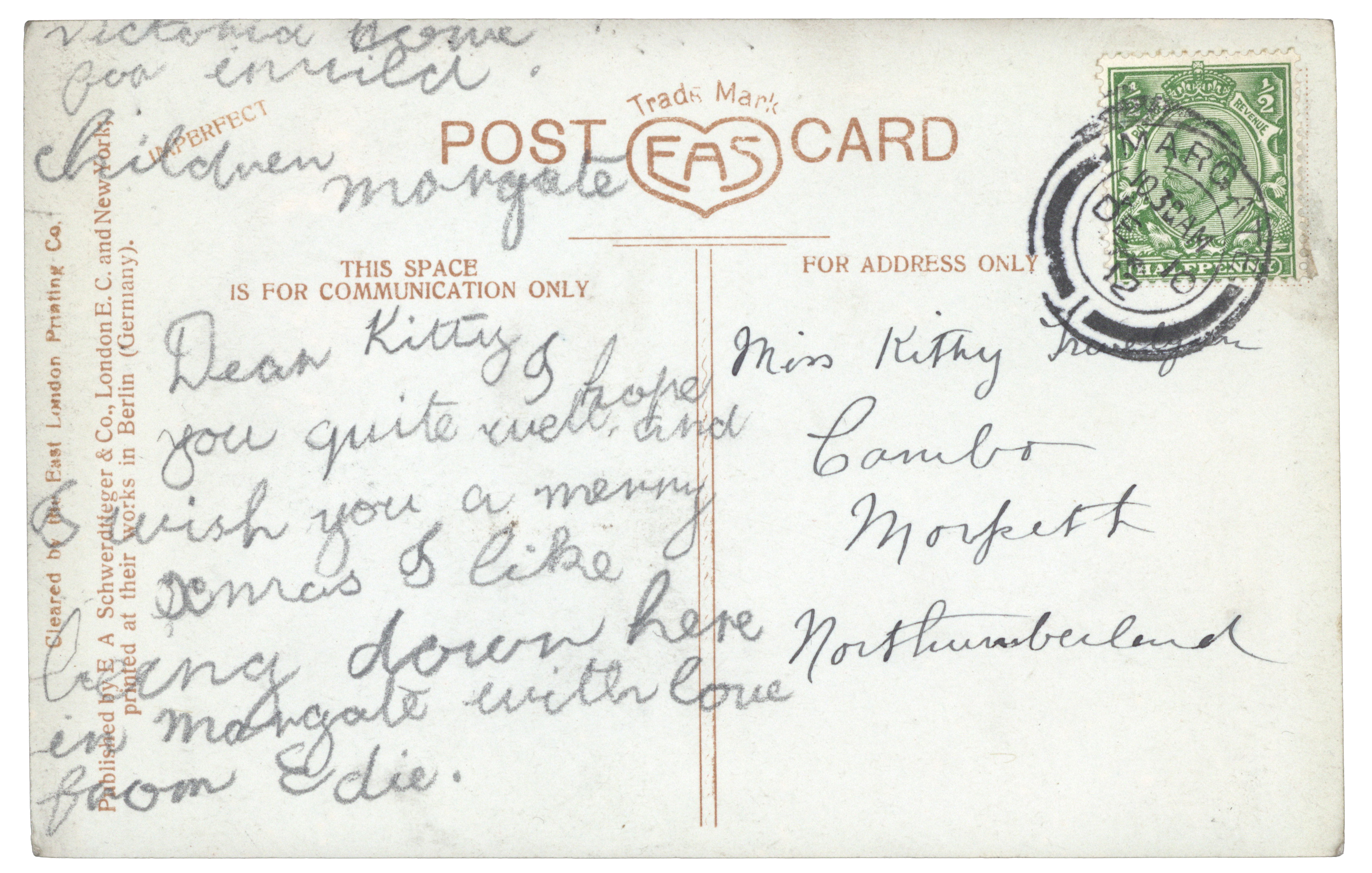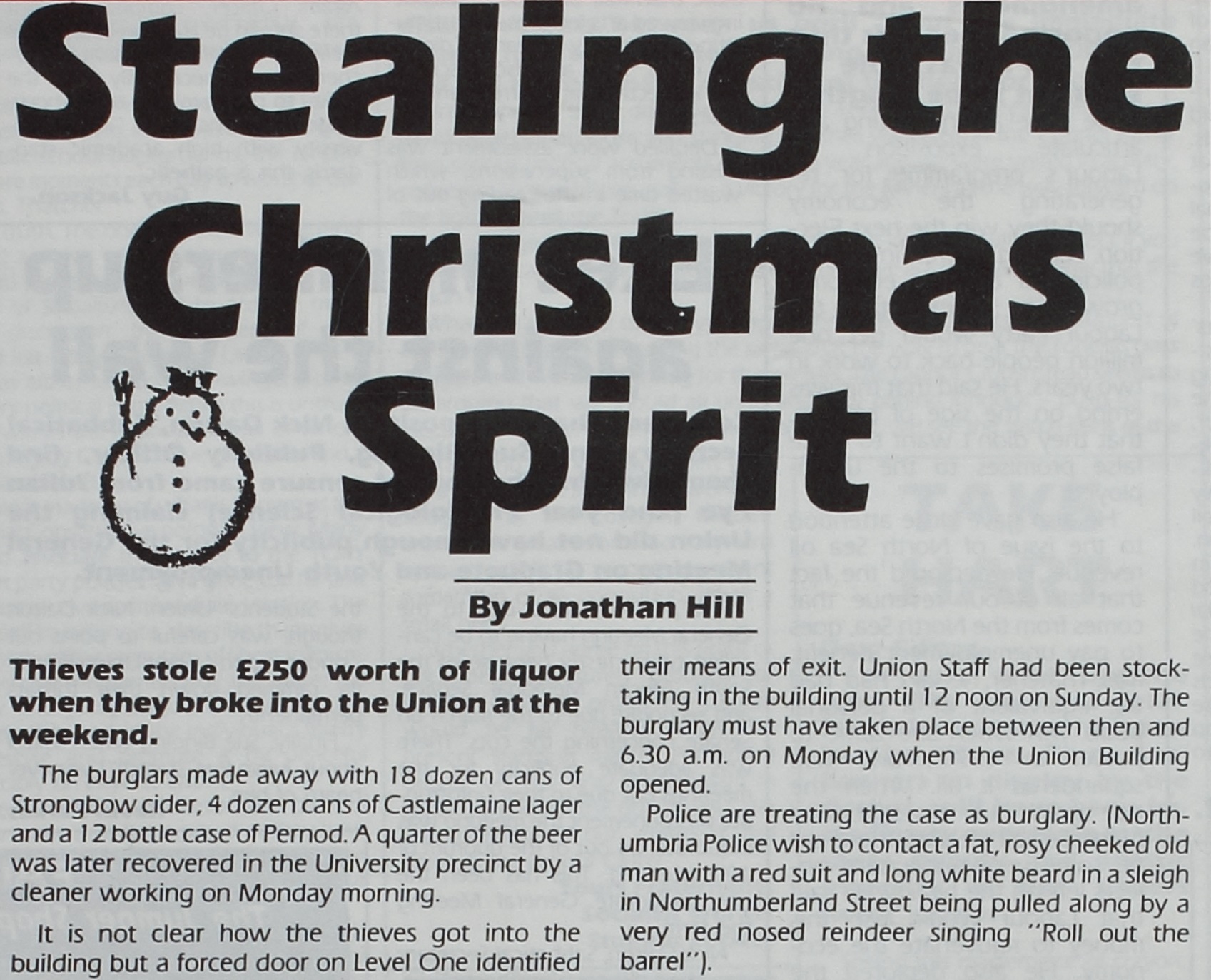#ChristmasCountdown
Door No. 12

Reproduction print depicting Duke Orsino first seeing Olivia, from ‘Shakespeare’s Comedy of Twelfth Night or what you will’ (Rare Books, RB822.33 SHA)
The reproduction illustration by W. Heath Robinson is from Act I, Scene I; ‘DUKE. O, when mine eyes did see Olivia first’
Shakespeare’s Twelfth Night is reference to the twelfth night after Christmas Day (6th January). This is called the Eve of the Feast of Epiphany and prior to Shakespeare’s play, had become a day of revelry. Servants often dressed up as their masters, women dressed as men and men as women, and so forth. This Carnivalesque reversal is the basis of the play’s gender confusion-driven plot.
Twelfth Night is a Shakespearean comedy of mistaken identity. Twins, Viola and Sebastian, who are separated in a shipwreck. Viola fears Sebastian is dead and disguises herself as a boy, calls herself Cesario, and takes up service with Duke Orsino, falls in love but can’t do anything about it due to her disguise. Orsino falls in love with a girl called Olivia but rejects him. Orsino sends Viola (Cesario) to Olivia to try and win her round, but Olivia falls in love with Cesario. Meanwhile Olivia’s steward, Malvolio, is trying to keep order in the house but her uncle Sir Toby Belch and his friends have other ideas. They convince Malvolio that Olivia is in love with him and make him look extremely foolish – Olivia thinks her servant has actually gone mad. When she sees Sebastian, who has survived the shipwreck, she naturally thinks he is Cesario and promptly marries him. Orsino is furious when he finds out but once Viola and Sebastian meet and reveal their true identities there is a happy ending – for everyone but poor Malvolio.
Find out more about the Rare Books Collection.



